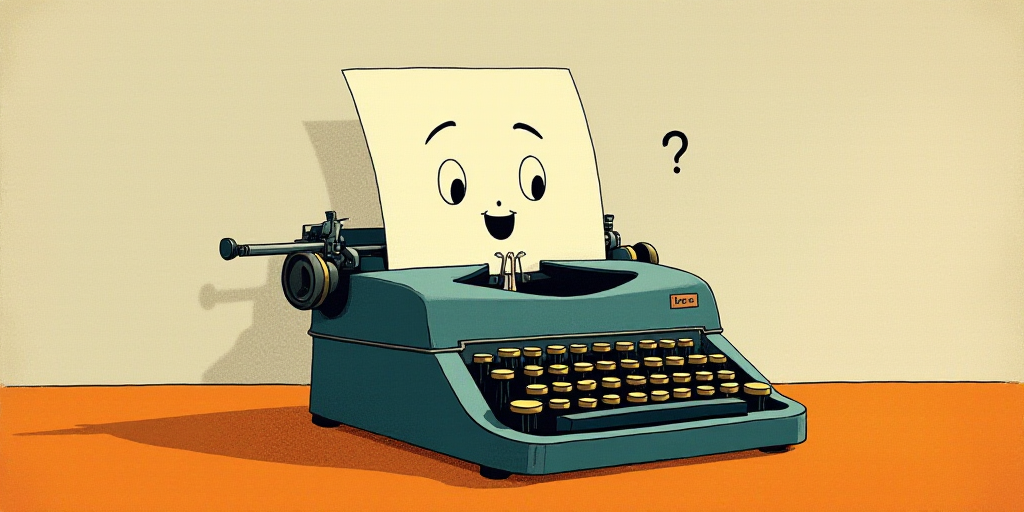Introduction
In the art gallery ecosystem, the most visible areas are undoubtedly Exhibitions and Collecting. However, there’s a lesser-known yet crucial area for the success of these: the Editorial Area.
This area is the most significant for the gallery, its artists, and collectors as it transforms the lives and art of its represented individuals into a lasting legacy.
Understanding the Editorial Role
The essence of the Editorial Area lies in research and editing, requiring the gallery to specialize deeply across various fronts: Analysis, Writing, Editing, Style Correction, Translation, Image Gathering, Editorial Design, and the expertise of professionals with excellent taste.
Documentation Base
This information defines the artist’s trajectory and conceptual framework, containing essential elements for their presentation: the Artistic Declaration, Biography, Exhibition History, and Bibliography.
Essays
These are fundamental writings (original or by third parties) that validate and amplify the artist’s discourse in the market and specialized criticism.
Media Tools
These are tools for dissemination that articulate the artist’s narrative to the press and public. They include Articles (opinion pieces for media), Press Releases (formal information about exhibitions, events, or achievements), and Media Collection (external appearances in press and communication platforms).
Exhibition Room Texts
This material is explanatory and educational (plaques and curatorial texts) designed for the audience visiting exhibitions.
Minor Catalogs
These publications are operational and specific, primarily designed for the Collecting area. Their focus is on: Exhibitions (individual, duo, or group), Works for Sale (original and graphic versions available), or Specific Themes (iconic works, standout series, etc.).
Major Books
These are publications that require significant editorial effort and establish the artist’s authority through in-depth study. They include biographical monographs, books dedicated to series, collections, or specific periods, as well as retrospectives or definitive compilations of their work.
Reasoned Catalogs
These represent the highest editorial honor for an artist. They document almost all of their work, and their publication not only solidifies the legacy but also serves as a pillar ensuring the authenticity of pieces and supporting the collector’s investment.
Why Most Galleries Lack an Editorial Area
Although managing a gallery involving artists, exhibitions, and collectors is complex, only the editorial area guarantees that the ephemeral becomes permanent, thus achieving transcendence.
Any “Art Shop” can boast numerous exhibitions, and any “pseudo-gallery commissioner” can handle sales. However, only institutionalized, international galleries representing true artists can undertake, sustain, and boast a serious editorial area.
Key Questions and Answers
- Question: Is any painter an artist? Answer: Not necessarily. The term “artist” is reserved for those who create original, meaningful work.
- Question: Is any painting art? Answer: No, for something to be considered art, it must convey a concept or emotion beyond its mere depiction.
- Question: Why do most galleries lack an editorial area? Answer: Due to the investment of time and money, the need for specialized personnel, and the commitment required to initiate, develop, and successfully conclude an editorial project.
- Question: Why is high-quality editorial production essential? Answer: It serves as a benchmark for the quality of represented artists and provides invaluable documentation support for collectors.
The author, founder and director of HECTOR DIAZ, a contemporary art gallery, emphasizes the importance of editorial responsibility for galleries, even on a small scale. Producing minimal documentation like essays, short biographies, or well-organized exhibition histories is crucial. Artists need more than fleeting exhibitions and sporadic sales; they require solid editorial support to build their historical narrative.
Galleries must commit genuinely to their artists to initiate and realize these initiatives. The gallery should be the space that ensures its represented artists’ art transcends.






